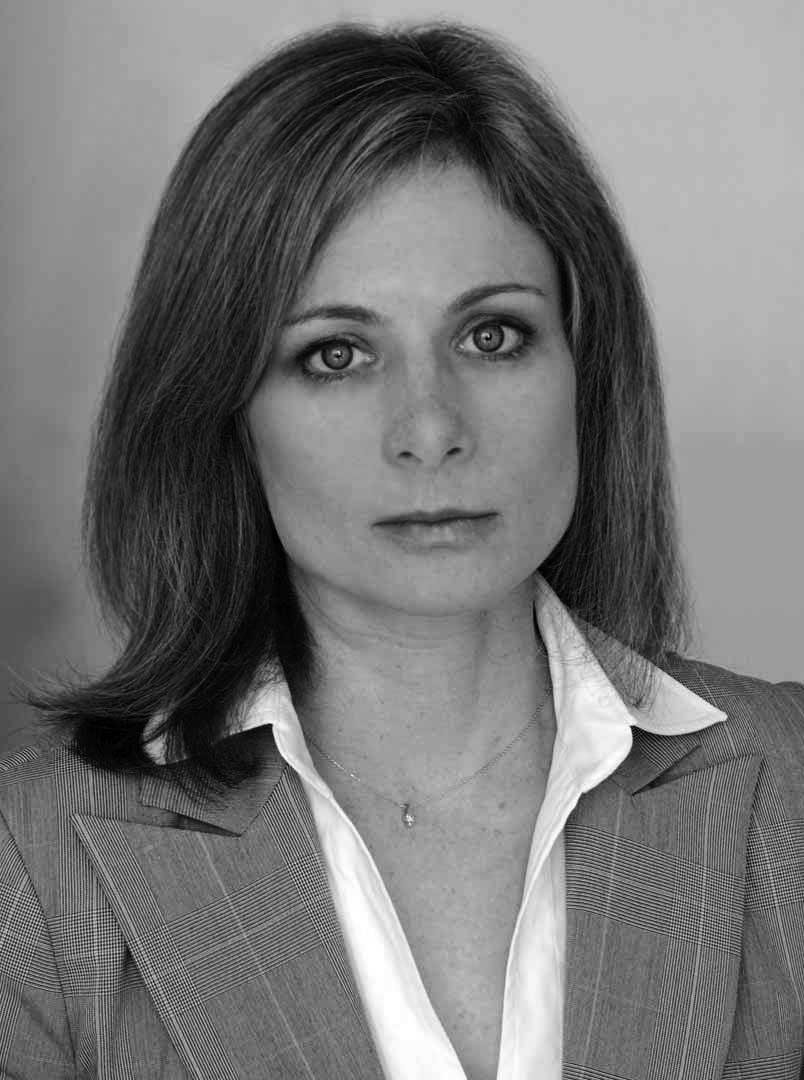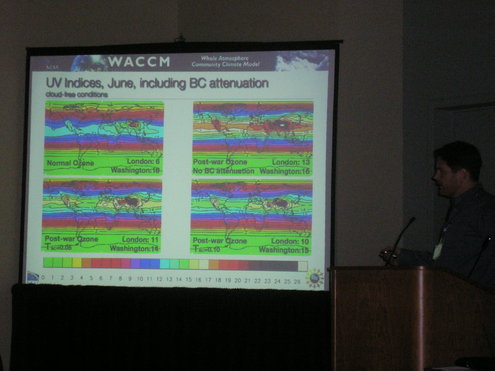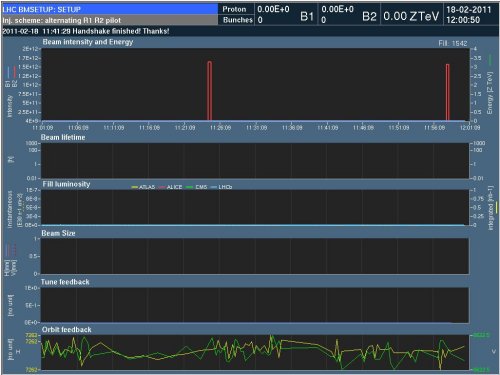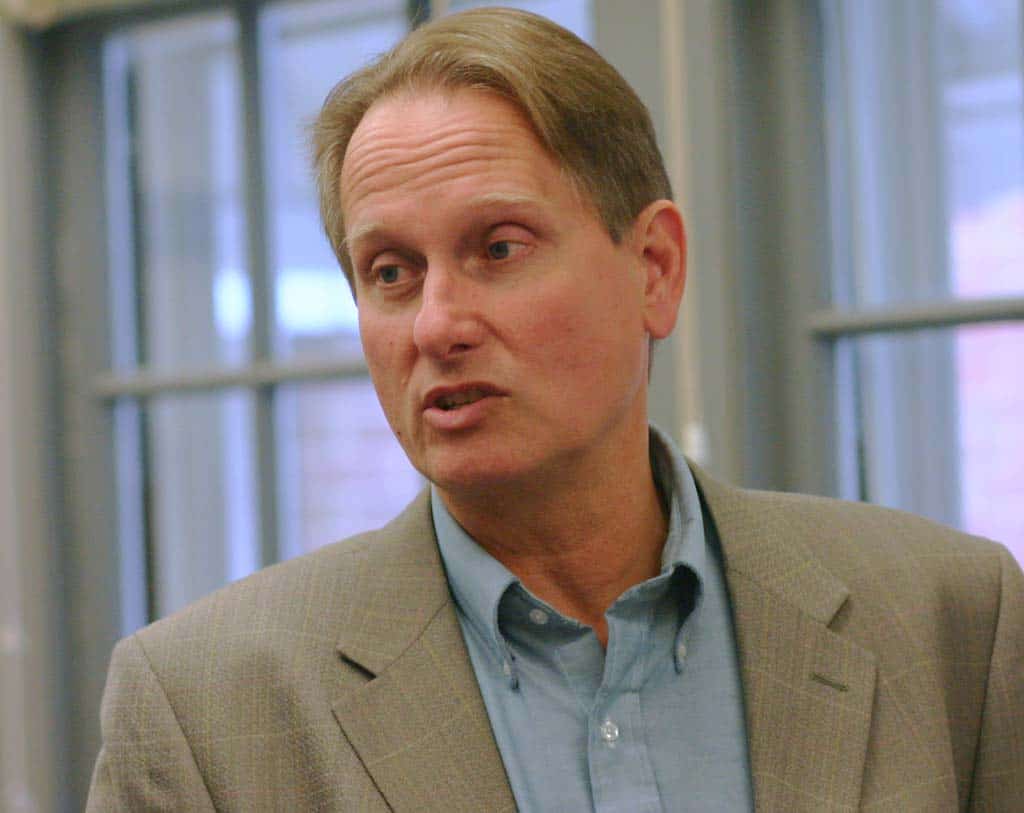
Planet hunter Alan Boss from the Carnegie Institution in Washington (courtesy: the University of Virginia)
By Michael Banks in Washington, DC
Could NASA’s Kepler mission be able to spot the first moon outside our solar system? Astronomer Alan Boss from the Carnegie Institution in Washington thinks so.
Sitting down for a chat today at the 2011 annual meeting of the American Association for the Advancement of Science in Washington, Boss told me that evidence of an exomoon could be buried in Kepler data.
Kepler is designed to study exoplanets – planets outside our solar system – and in particular planets that have a similar size to Earth. It has so far found around 1235 planet candidates since its launch in March 2009.
Boss says finding a moon would be difficult but not impossible. “If a large enough gas planet is found it may have an Earth-sized moon and that could be potentially seen in the Kepler data,” says Boss. “I am sure folks are combing through the data looking for signs.”
I also asked Boss about naming planets. Currently they are named after the craft that found them, such as Kepler 9b, CoRoT-7b etc, so is the time right to start a more robust classification for naming them?
“I think astronomers are quite comfortable naming them Kepler b, Kepler c etc,” says Boss. “But that doesn’t mean that a creative astronomer who wants to call a planet Cleopatra shouldn’t do that.”
Look out for an upcoming audio interview with Boss on physicsworld.com about the search for exoplanets with Kepler.
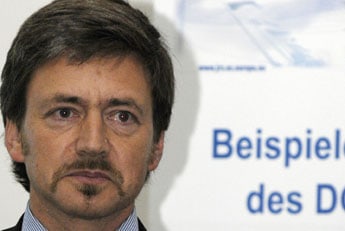
 A piece of contaminated scrap from Find 33. (Courtesy: VROM-Inspectorate)
A piece of contaminated scrap from Find 33. (Courtesy: VROM-Inspectorate)